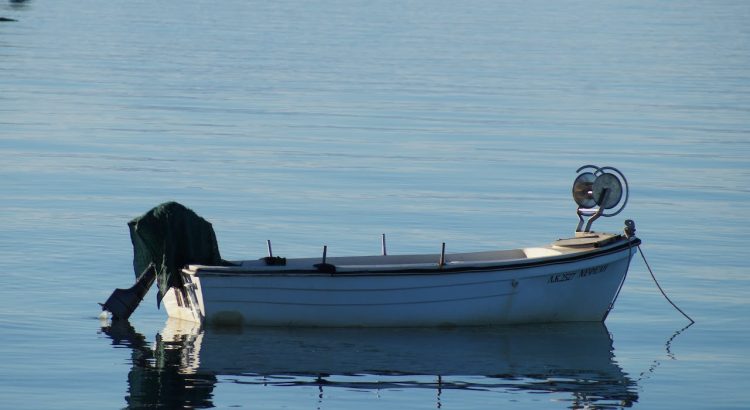Resin casting is a process for creating objects by pouring a liquid synthetic resin into a mold and allowing it to harden. Here’s a breakdown of what it involves:
- Materials: The two main components are resin and a hardener. When mixed, they trigger a chemical reaction that causes the resin to harden. There are different types of resins available, each with its own properties like curing time and clarity. Silicone molds are popular for resin casting because they’re flexible and reusable.
- Process: First, you prepare your mold by ensuring it’s clean and free of debris. Then, you mix the resin and hardener in precise proportions according to the manufacturer’s instructions. Once mixed, you carefully pour the resin into the mold, taking care to avoid trapping air bubbles. The resin cures (hardens) over time, and once cured, you can remove the cast object from the mold.
Resin casting is a versatile technique used for a wide range of applications, including:
- Jewelry making: Pendants, earrings, and decorative embellishments.
- Art and home decor: Coasters, sculptures, keychains, and artistic pieces with dried flowers or other inclusions.
- Prototyping: Creating small, non-functional models for design purposes.
- Functional objects: Casting tool handles, phone cases, and other decorative items.
If you’re interested in getting started with resin casting, there are many online tutorials available that walk you through the process step-by-step. Remember, it’s important to work in a well-ventilated area and wear proper safety gear as some resins can have fumes.tunesharemore_vert






